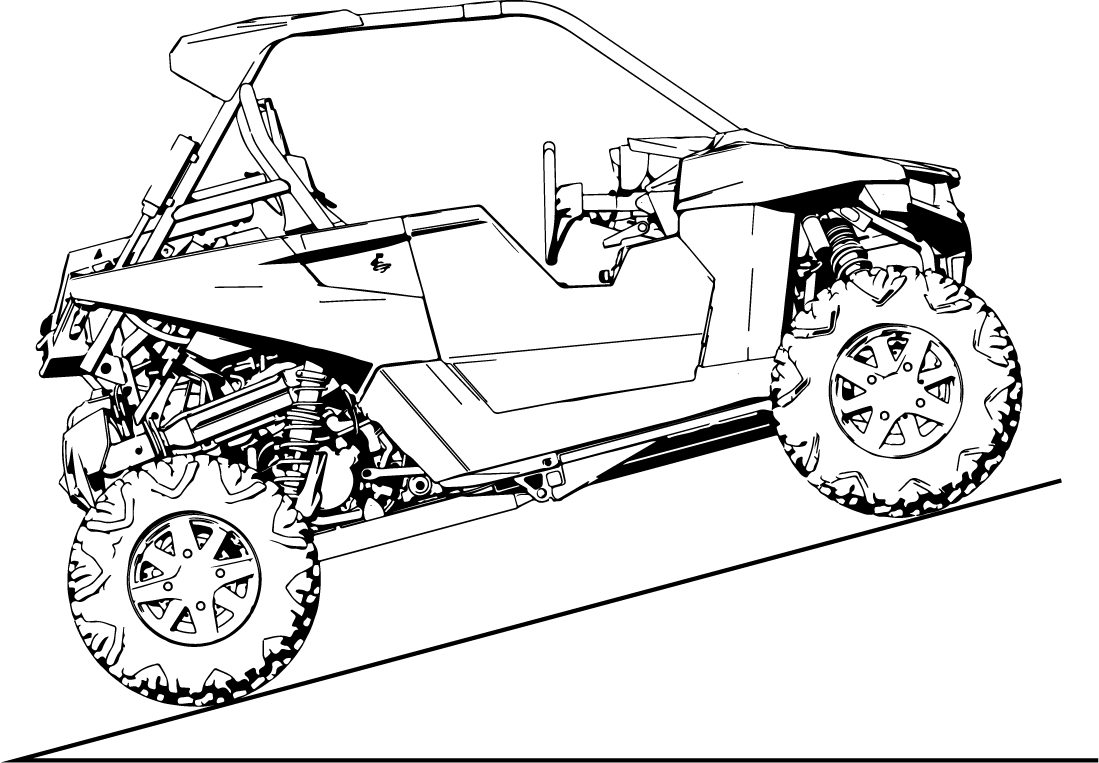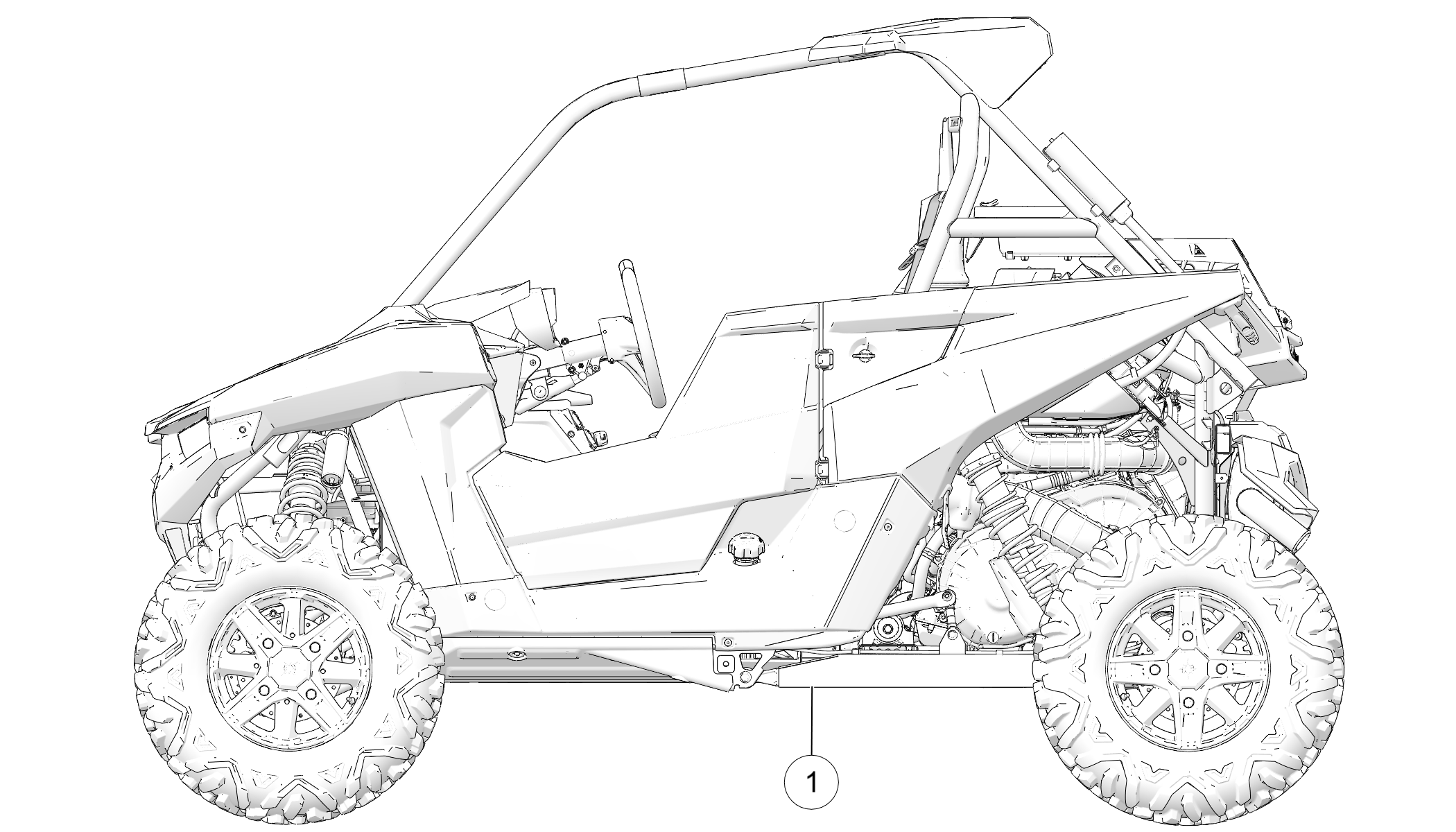
Content Source: 2020 RS1 Owner’s Manual (9930796 R02) > Operation Chapter
| IMPORTANT |
|
The Owner's Manual for this vehicle contains warnings, instructions and other information you must read and fully understand before safely riding or performing maintenance on this vehicle.Always follow the warnings and instructions in Owner's Manual. Click the CONTENTS link above for the Table Of Contents, or download a full PDF of the Owner Manual in the Owner Support area of Polaris.com |
| NOTICE |
| Severe damage to the drive train may occur if the AWD is engaged while the wheels are spinning. Always allow the wheels to stop spinning before engaging AWD. |



Your vehicle can operate through water with a maximum recommended depth equal to floor level. Follow these precautions when operating through water:

| The large tires on your vehicle may cause the vehicle to float in deep or fast-flowing water, which could result in loss of traction, loss of control, rollover or accident. |
| NOTICE |
| Major engine damage can result if the vehicle is not thoroughly inspected after operation in water. Perform the services outlined in the maintenance chart. Give special attention to engine oil, transmission oil, demand drive fluid, rear gearcase oil, and all grease fittings. |
| NOTICE |
| If your vehicle becomes immersed or is operated in water that exceeds the floor level, service is required before starting the engine. Your POLARIS dealer can provide this service. If it's impossible to bring the vehicle in before starting the engine, perform the service outlined on Vehicle Immersion, and take the vehicle in for service at the first opportunity |
© Copyright Polaris Industries Inc. All rights reserved.